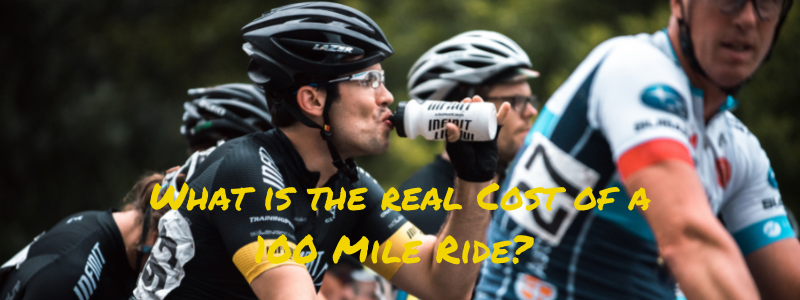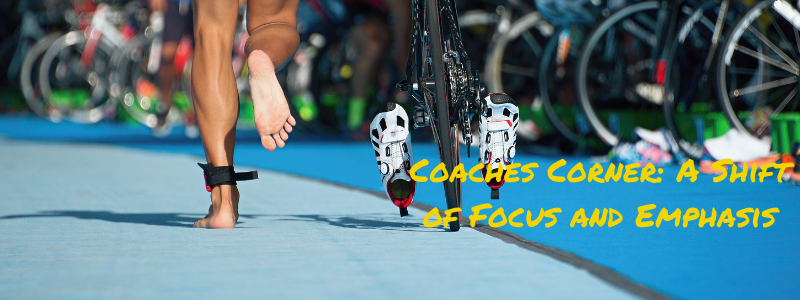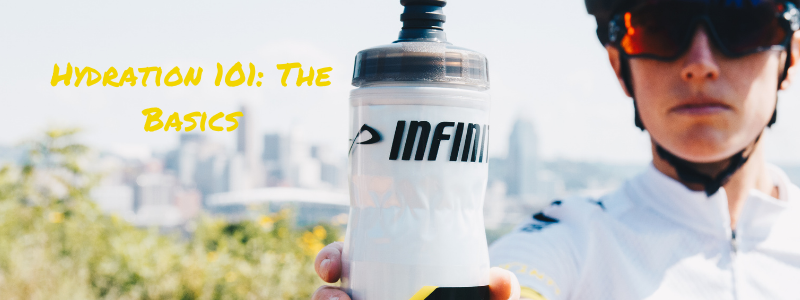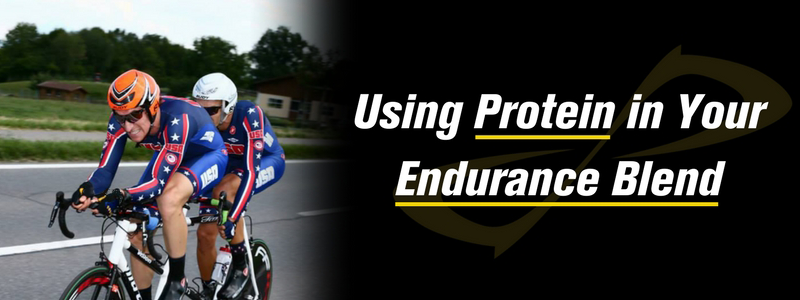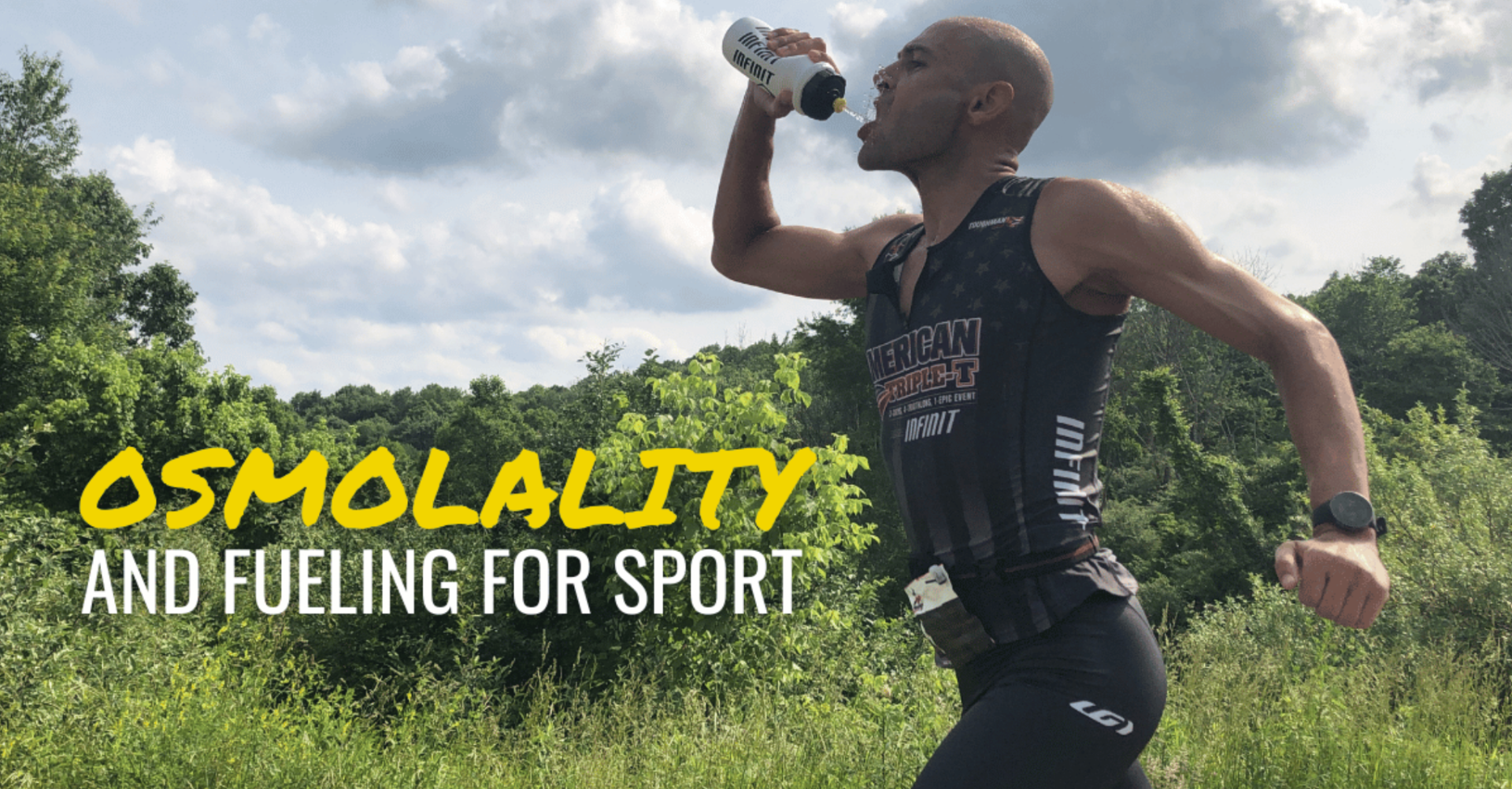Coaches Corner: Specific Training
- 13 Jul 2015
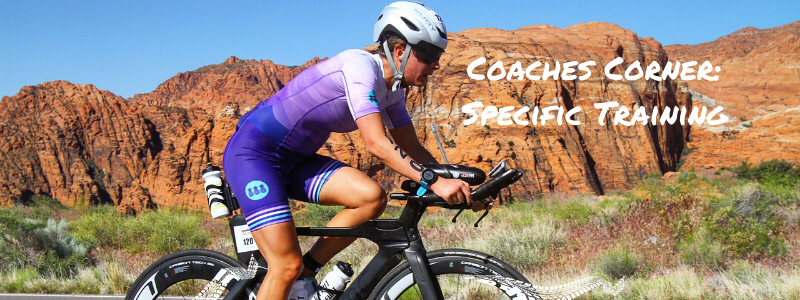
USAT certified coach Sonni Drer is a long time INFINIT certified partner and 6x USAT All American. He has coached numerous All Americans, National Champions and World Champion.
Ahhh, the smell of fresh ink on your skin at the body-marking tent in the morning. It MUST be Summer…………………and time to race!!
This is the time of year when triathletes begin to group together at tracks & group rides to get some race-like intensity in before the next big event. So there's no question that there is a need to go harder (ie: higher heart-rate, faster pace, etc…) than one has been training in the Base-phase.
The question is, however, "How hard?", and "for how long?"
Good questions, actually.
We'll begin to address them by going back to the concept of 'specificity', just a fancy term that says that our training time/energy is best spent doing things that most replicate the event we're training for ie: specific training.
As races approach, do you get on a rower to prepare for a triathlon? Of course not. It's not specific. But that same person, (by that same measure), would run 800m intervals at a pace that they could never touch in a 5k at the end of a sprint-triathlon. This is an example of non-specific INTENSITY.
Would you run 2hr long runs on the weekends to prepare for sprint and Olympic distance races?……………non-specific DURATION.
So what IS specific training? Well, take a look at your upcoming events. If a series of sprint events are on the horizon, you'll not need to exceed a one hour run at any given time. If you're registered for a half-ironman, the 2:30-4 hour bike rides are a necessity.
But let's talk about heart-rate, here. When we write programs for athletes, never do we specify a session to be done at a heart-rate above one's Lactate Threshold (the point at which someone is accumulating more lactic acid in the muscle than they can get rid of).
Why? Well, a triathlete needs to be able to sustain a high output for several minutes to hours at a time. Before we can even begin to improve one's efficiency at race-pace, they MUST be efficient at lower, AEROBIC heart-rates. Your "aerobic-engine" is/was developed in the base phase with a lot of, (what I call) "middle-ground" heart-rate hours or, more scientifically called "MAF"…….maximum aerobic function. (We even monitor this efficiency w/ periodic 'maf-assessments'.)
As we get closer to the races, though, we need to get away from the middle-ground in our 'break-through' sessions. Our hard days must get harder……..more race-like.
But to achieve this, [and DO NOT miss this point]...our ez days must get easier!!
Performing intervals at a heart-rate above this Lactate Threshold is very ''old-school''. You know, more pain = more gain, mentality. The problem is that such sessions yield only marginal results over sessions done at just under one's LT. Yet, the cost (with regard to “muscle-recovery” and your weekly sequencing) is much too high.
You require too much recovery time (in the following days) by going too hard!
You can reap huge benefits by reducing the intensity a bit and extending the duration of a single session, or even the number of these sessions in a given week because you didn't dig yourself into a 'recovery-hole' on any ONE workout.
Long intervals that are at, (or just below), one's lactate threshold develop the ability to sustain race-like output (ie: pace, power, heart-rate) in the actual races.
Short, 'above-threshold' intervals will make you too tired to spend a sufficient amount of time, each week, to produce a positive training response.
NOW, does this mean that we never prescribe anyone to go REALLY fast? Nope, we have some KILLER speed-oriented track sessions, but the longest of these intervals is 400m! By the time the heart-rate gets up to that 'point-of-no-return', the interval is over. So if we're going to train the body to go fast (for leg-speed), we're going to do it in an interval where the speed can be sustained, from 100 to 400m, (because this is primarily 'neuromuscular-conditioning' in nature) & do it very fast.
If, on the other hand, our workout goal is to push back one's lactate-threshold (thereby making them more efficient at race-pace), our aim is to create a race-like interval that's specific in terms of the target-race's intensity in a workout that’s duration-specific to that target-event.
This is the single biggest reason we get the feedback, "Coach, I don't feel like I'm working-out as hard, yet I'm getting alot faster!". Bingo!
See you at the races.
Coach Sonni Dyer


